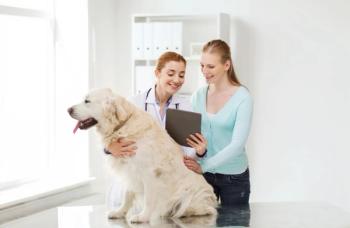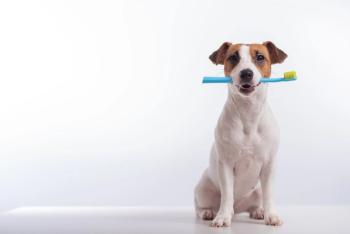The connection between separation anxiety and noise phobias
Dogs with separation anxiety often suffer from other fears and phobias as well, Dr. Horwitz said, most notably thunderstorm and noise sensitivities. Here’s a look at the evidence.
In a study of 215 dogs with diagnosed separation anxiety,1 Storengen and colleagues found that 18.1% had no other reported behavioral problems, while the remaining dogs (81.9 %) had 1 or more additional behavioral problems. Of these, 34% of the dogs were diagnosed with noise phobia and 32% with fear-related aggression.
In a 2016 study,2 noise phobia and separation anxiety occurred simultaneously more often than chance would predict. The investigators also discovered that many dogs with aggression were also anxious and fearful.
A third study3 found that noise phobias may be more common in dogs than previously thought and that almost half of dogs with separation anxiety have this fear. They also found that dogs living in a home with just one adult were more than twice as likely to have separation anxiety than dogs from multiple-owner homes. Additionally, sexually intact dogs were a third as likely than neutered dogs to have separation anxiety.
So, the next time you are evaluating a dog for noise phobia, you might consider asking them to record their dog when it is home alone as a way to assess for separation anxiety as well.





